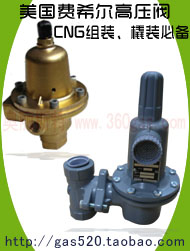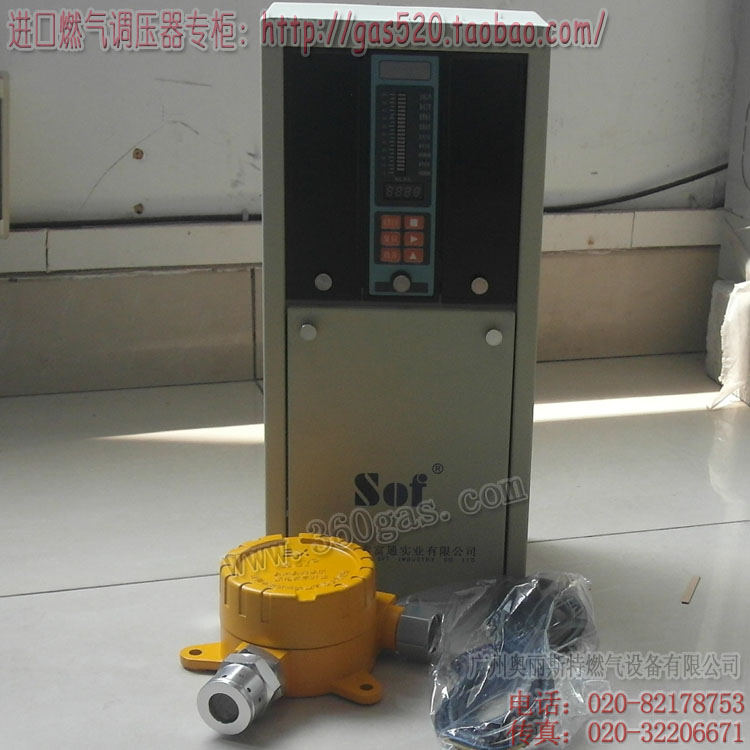位置:首页 > 燃气资讯 > Renewable Natural
Renewable Natural Gas Generated from Wind in Denmark
浏览次数 648 , 日期 2014-02-24 , 燃气设备 加入收藏
Hydrogen made of excess wind power has been successfully employed to turn biogas from wastewater slurry into green natural gas in Denmark. The Power-to-Gas BioCat2 project (P2G Biocat) received DKK 27.6 million (USD 5.1m) from the PSO-financed research fund ForskEL, and together with a sister project at Renseanlæg Avedøre, an international-scale demonstration plant will now be realised.
While there is no immediate intention to utilize generated gas for transportation, nevertheless this is yet another development in the unfolding story of methane as a renewable fuel able to be used by natural gas vehicles (NGVs).
The two projects, which including the self-financing amount to DKK 100 million (USD 18.4m), will demonstrate how biogas and electricity are turned into methane. The contract with the company Electrochaea.dk ApS and the consortium behind the company was signed at Energinet.dk’s head office in Fredericia.
‘Now we will finally create the link between Denmark’s abundance of wind power and production of eco-friendly gas to the Danish gas grid. The integration is a quite necessary piece of the puzzle, when we are going to transform the energy systems and phase out the coal, oil and the natural gas system in the long term,’ says Kim Behnke, Head of Environment, Research and Development at Energinet.dk.
Hydrogenics Corporation, Canadian developer and manufacturer of hydrogen generation and hydrogen-based power modules, has agreed to be a participating partner of the P2G BioCat Project. Other partners in the BioCat consortium include Audi, NEAS Energy, HMN Gashandal, Spildevandscenter Avedore, and Insero Business Services.
Process
For this project, Hydrogenics will install a 1 MW water electrolysis plant in Spildevandscenter Avedøre, one of the largest wastewater treatment facilities in Denmark. The site will use surplus electricity from the grid to produce hydrogen using Hydrogenics’ electrolyzer, and the hydrogen will then be combined with carbon dioxide from raw biogas and fed into a separate bioreactor — in which microorganisms will perform a catalytic reaction to produce pipeline-grade renewable methane. The facility will be operated in different modes to demonstrate its ability to produce methane under dynamic operations, including while providing ancillary services to the electricity grid. The product gas will be injected into a nearby gas distribution system, and the by-products — oxygen and heat — will be recycled onsite in the wastewater treatment process. The biomethanation technology was developed by Electrochaea.
While there is no immediate intention to utilize generated gas for transportation, nevertheless this is yet another development in the unfolding story of methane as a renewable fuel able to be used by natural gas vehicles (NGVs).
The two projects, which including the self-financing amount to DKK 100 million (USD 18.4m), will demonstrate how biogas and electricity are turned into methane. The contract with the company Electrochaea.dk ApS and the consortium behind the company was signed at Energinet.dk’s head office in Fredericia.
‘Now we will finally create the link between Denmark’s abundance of wind power and production of eco-friendly gas to the Danish gas grid. The integration is a quite necessary piece of the puzzle, when we are going to transform the energy systems and phase out the coal, oil and the natural gas system in the long term,’ says Kim Behnke, Head of Environment, Research and Development at Energinet.dk.
Hydrogenics Corporation, Canadian developer and manufacturer of hydrogen generation and hydrogen-based power modules, has agreed to be a participating partner of the P2G BioCat Project. Other partners in the BioCat consortium include Audi, NEAS Energy, HMN Gashandal, Spildevandscenter Avedore, and Insero Business Services.
Process
For this project, Hydrogenics will install a 1 MW water electrolysis plant in Spildevandscenter Avedøre, one of the largest wastewater treatment facilities in Denmark. The site will use surplus electricity from the grid to produce hydrogen using Hydrogenics’ electrolyzer, and the hydrogen will then be combined with carbon dioxide from raw biogas and fed into a separate bioreactor — in which microorganisms will perform a catalytic reaction to produce pipeline-grade renewable methane. The facility will be operated in different modes to demonstrate its ability to produce methane under dynamic operations, including while providing ancillary services to the electricity grid. The product gas will be injected into a nearby gas distribution system, and the by-products — oxygen and heat — will be recycled onsite in the wastewater treatment process. The biomethanation technology was developed by Electrochaea.








